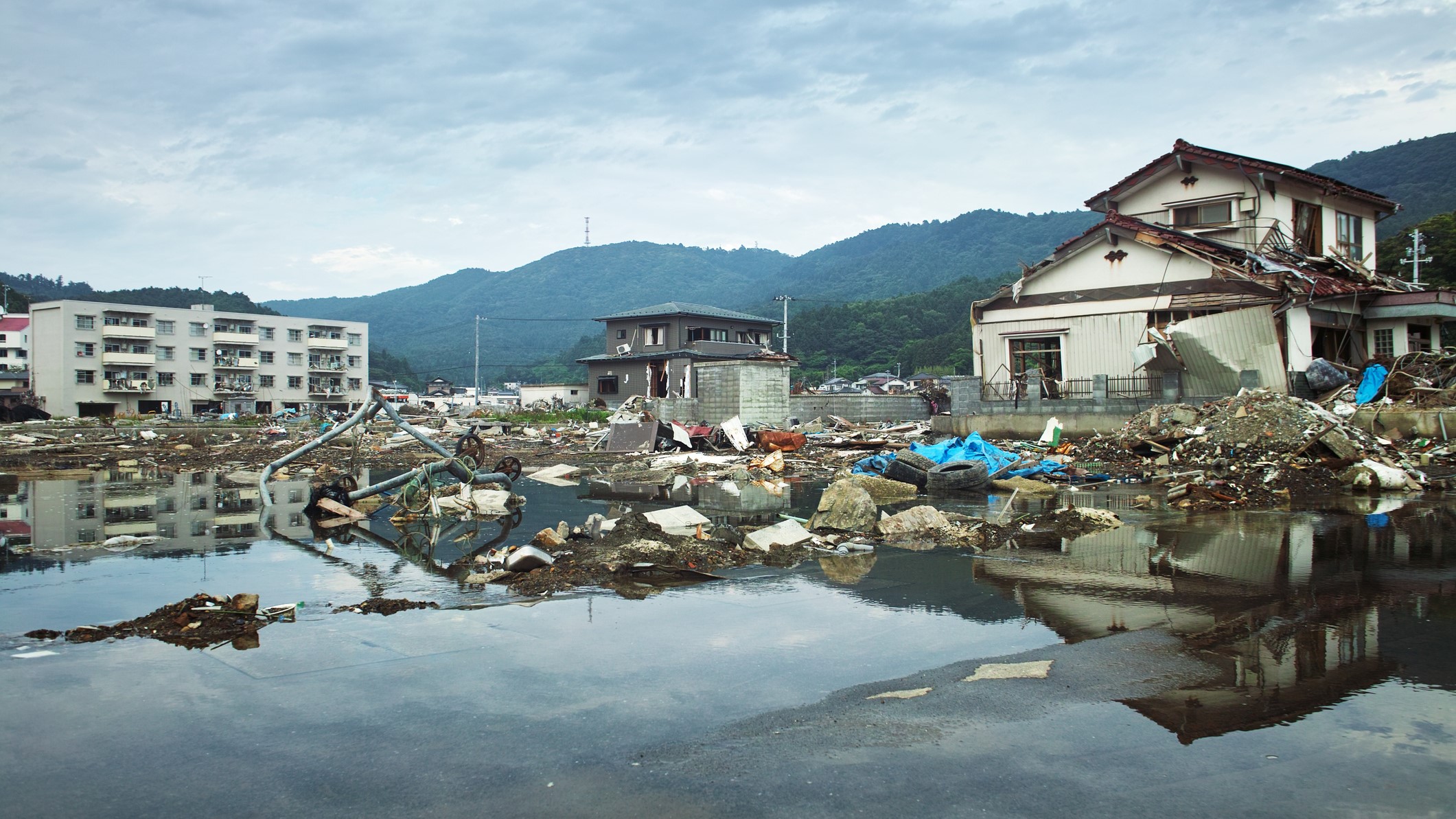
An ancient underwater volcano riding a sinking tectonic plate off the coast of Japan may have unleashed several unexplained major earthquakes — by grinding against another tectonic plate above it, a new study finds.
The extinct underwater volcano, known as Daiichi-Kashima seamount, sits on the Pacific tectonic plate roughly 25 miles (40 kilometers) off Japan's east coast. There, three tectonic plates intersect — with the Pacific plate to the east and the Philippine plate to the south both slipping beneath the Okhotsk plate to the north. The seamount sits on a section of the plate that began descending into Earth's mantle between 150,000 and 250,000 years ago, study co-author Eunseo Choi, an associate professor at the University of Memphis' Center for Earthquake Research and Information, told Live Science.
But the seamount is still close enough to the surface to trigger earthquakes, as it currently sits less than 31 miles (50 km) deep, said lead author Sungho Lee, a postdoctoral researcher at the University of Memphis. While the majority of the seismic activity around the seamount manifests as small tremors, there have been several earthquakes between magnitudes 7 and 7.8 — in 1982 (7), 2008 (7) and 2011 (7.8) — that previous research has failed to explain, Lee told Live Science.
When a tectonic plate slips, or subducts, beneath another plate, the seamounts peppered across its surface scrape against the bottom of the overriding plate. A 2008 study suggested this friction was too weak to trigger earthquakes, creating only very small tremors, Lee said.
Related: Deadly swarm of earthquakes in Japan caused by magma moving through extinct volcano
But newer data indicate the opposite, he said. Seismic information gathered at the bottom of the ocean in Japan indicates seamounts encounter huge resistance as they ride along on a subducting plate and sometimes become stuck. "The seamount itself is almost stationary, because it has very strong friction," Lee said.
As the seamount digs into the overriding plate, stress accumulates on its leading edge. The region around the seamount becomes locked and grinds to a halt in what the authors termed a "hang up" event, while the rest of the subducting plate continues its creeping descent into Earth's mantle.

"Stress increases at the edge of the seamount and after some time, the stress propagates and migrates inward," Lee said. This buildup cannot continue infinitely, he added, and the stress is eventually released when the seamount suddenly frees itself from the overriding plate and jerks forward.
The overriding plate jolts in the opposite direction, triggering a new kind of earthquake that Lee and his colleagues called a hang-up earthquake in their study, published Nov. 20 in the Journal of Geophysical Research: Solid Earth.
Hang-up earthquakes, which can reach magnitudes much greater than 7, may have unleashed tsunamis in the past, Lee said. Sediment deposits along Japan's east coast indicate huge waves battered the coastline in 1677, after an earthquake shook an area overlapping with the Daiichi-Kashima seamount.
"The rupture of the subducted seamount thus provides the most plausible source for these great tsunami earthquakes," the researchers wrote in the study.
Daiichi-Kashima is a "prime example" of a subducting seamount that causes enormous friction, Lee said. The researchers chose this region because of the abundance of available data, but their results likely also apply to other regions of the world, he added.
It's unclear whether Daiichi-Kashima could trigger an earthquake anytime soon. "Magnitude 7 earthquakes have been occurring quite regularly," Choi said. Records show the area around the seamount has experienced large earthquakes every 20 years or so since 1920. This trend changed in 2011, when a magnitude 7.8 earthquake shook Japan just three years after a magnitude 8 earthquake in 2008.
"Another one was expected soon, but the Tōhoku earthquake disrupted the stress field, looks like, so maybe the clock has been reset," Choi said.
As for other seamounts sitting off Japan's east coast, it will take them at least a million years to reach the subduction zone and another 2 million years to trigger earthquakes, Choi said.
Editor's note: This story was updated at 12:30 EDT on Friday, Dec. 8 to provide additional information about earthquake trends on Japan's east coast over the last 100 years.







